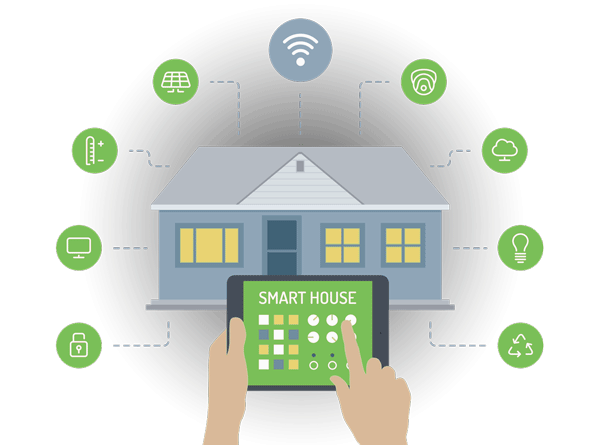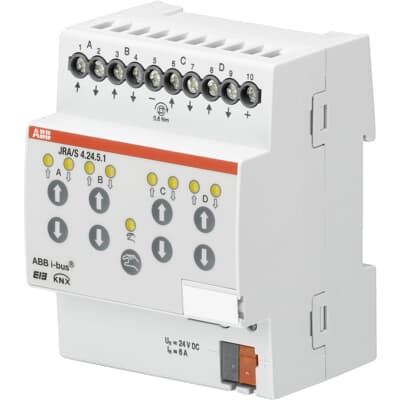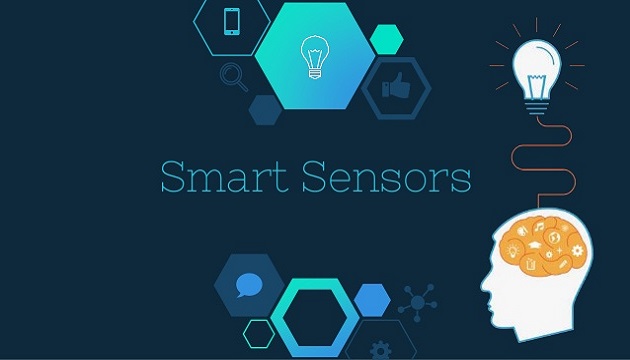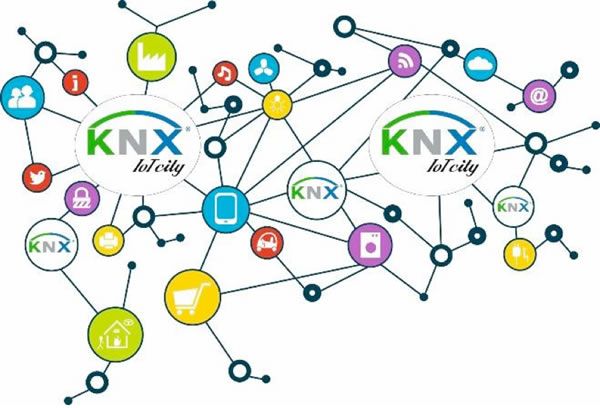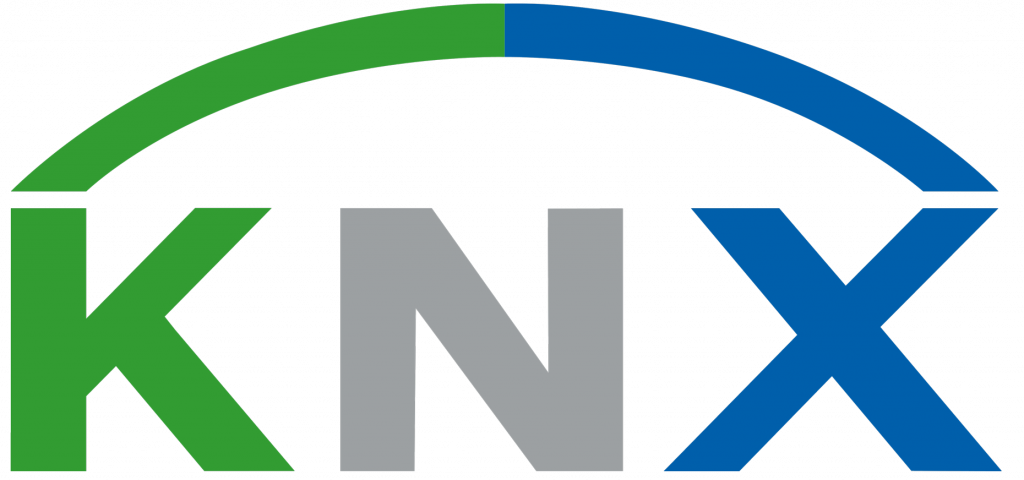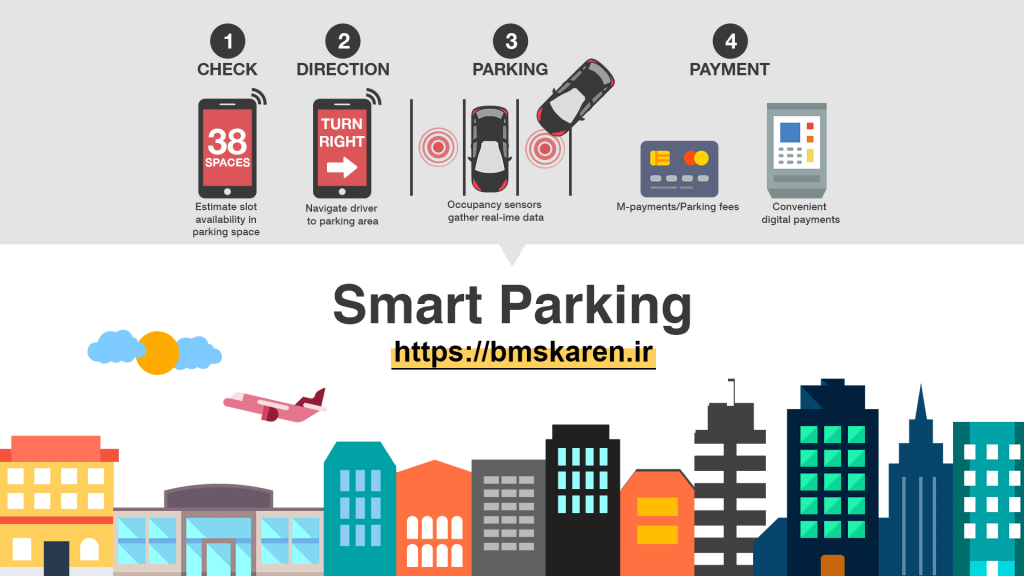تاریخچه هوشمند سازی ساختمان
در مقاله تاریخچه هوشمند سازی ساختمان (بی ام اس) متوجه میشویم خانه های هوشمند در ابتدا ساختار واقعی نداشتند و در حد یک ایده بودند. نویسندگان پرکار، مانند Ray Bradbury، آینده ای را تصور می کردند که خانه ها دارای تعامل هستند و ظاهراً خودشان را اداره می کردند.
در تاریخچه هوشمند سازی ساختمان (بی ام اس) بسیاری از مورخان فناوری، ایجاد یک کنترل از راه دور برای یک اسباب بازی از سوی نیکولا تسلا – بازگشت به سال 1898 – را به عنوان آغاز واقعی اتوماسیون مدیریت مشتری که براحتی قابل دسترسی است، عنوان می کنند.
امیدوار کننده بود، چندین دهه طول کشید تا وسایل الکتریکی در خانه رواج پیدا کند. حتی طولانی تر از آنکه فناوری واقعاً بتواند وعده یک خانه آینده نگرانه را ارائه دهد.(ساختمان هوشمند با استفاده از وسایل کنترل از راه دور)
پیشرفت های فنی بخش ساخت و ساز ساختمان در قرن 21 بیش از انتظار مردم بود. ظهور برق در فضاهای مسکونی در قرن گذشته یکی از اولین انگیزه ها برای این تغییر بود. این مورد همچنین صنعت را برای معرفی انواع محصولات جدید خانگی (تجهیزات هوشمند سازی ساختمان) تسهیل کرد.
علاوه بر این، پیشرفت IT / ICT یکی دیگر از بازیگران اصلی توانمندسازی چنین تغییراتی بود. IT / ICT امکان تبادل اطلاعات را در بین افراد، لوازم خانگی، سیستم ها و شبکه ها فراهم می کند. روند تاریخی از چگونگی تغییرات که منجر به فراهم شدن بستر رشد و ظهور خانه هوشمند را نشان میدهد.
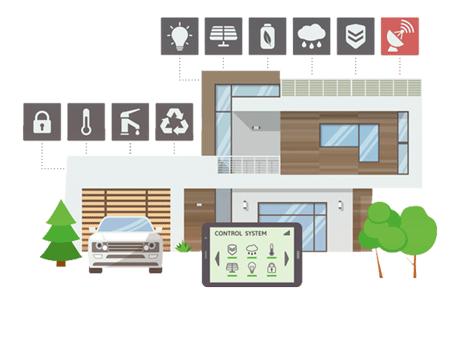
تاریخ شمار هوشمند سازی ساختمان
1785
کمتر از یک دهه پس از اعلام استقلال ایالات متحده از انگلیس، نیکولا تسلا اولین کنترل از راه دور را اختراع کرد.(برای کنترل یک قایق از راه دور)
1901 – 1920 اختراع لوازم خانگی
در اثنای تاریخچه هوشمند سازی ساختمان (بی ام اس) اگرچه لوازم خانگی آن چیزی نیست که ما “هوشمند” بدانیم، اما در اوایل قرن بیستم یک موفقیت باورنکردنی بود. این دستاوردها با اولین جاروبرقی مجهز به موتور در سال 1901 آغاز شد. در سال 1907 یک وکیوم برقی کاربردی دیگر اختراع شد. در طول دو دهه یخچال و فریزر، خشک کن لباس، ماشین لباسشویی، اتو، توستر و موارد دیگر اختراع شد. تبلیغ شد که با به کارگیری این ماشین آلات، یک نفر از از اعضای خانواده برای انجام کارها کافی است.
1920-1940
در مرور تاریخچه هوشمند سازی ساختمان (بی ام اس) از آنجایی که زنان در این دوره وقت کمتری را در خانه می گذراندند، در معرفی فن آوری های جدید خانه باعث ارتقای سطح زندگی شد. به عنوان مثال، استفاده از ماشین لباسشویی باعث می شود که لباس ها بارها شسته شوند. به همین ترتیب، استفاده از دستگاه های جاروبرقی باعث می شود که سطوح بیشتر تمیز شوند.
دهه 1930
در دهه 1930 مخترعان تصورات خود را به اتوماسیون ساختمان معطوف کرده بودند. اگرچه این فناوری هنوز دهه ها متوقف بود، نمایشگاه جهانی مفهوم لوازم خانگی خودکار و هوشمند را معرفی کرد. تعجب آور نیست که تماشاگران مجذوب این ایده شدند.
1945- 1940
در مسیر تاریخچه هوشمند سازی ساختمان به جنگ جهانی دوم می رسیم .در طول جنگ جهانی دوم، دولت ها زنان را موظف کردند که جای مردانی را که برای خدمات جنگی اعزام می شوند پوشش دهند. فوریت اختصاص بانوان به جای مردانی که در خارج از کشور کار می کنند، مرزهای جدیدی را برای خانم ها فراهم کرد تا در تجارب خارج از خانه شرکت کنند. این موضوع زمینه را برای جذب فناوری های جدید داخلی پس از جنگ هموار کرد. این فناوری ها از زنان پشتیبانی می کردند تا شغل خود را در خارج از خانه حفظ کنند زیرا کارهای خانه با سرعت بیشتری انجام می شد.
1959- 1945
به عنوان یک رویکرد پس از جنگ، دولت ها برای فرستادن خانم ها به خانه و آزاد کردن فرصت های شغلی برای مردانی که به زندگی مدنی بازگشتند، گسترش یافتند. در طول این سال ها، طراحی خانه هوشمند شروع به انعکاس شیوه های جدید زندگی در کنار فناوری های مدرن کرد. طرح های جدید آشپزخانه برای جای دادن یخچال، اجاق برقی، ماشین لباسشویی و غیره بوجود آمد.
پس از اختراع رایانه دیجیتال در سال 1940، دهه های 1940 تا 1960 شاهد بودیم که فناوری رایانه به صورت خاص خود در آمده است. در سال 1966، Jim Sutherland ، مهندس وستینگهاوس، ECHO IV را ایجاد کرد که اولین دستگاه اتوماسیون ساختمان واقعی بود، دما و وسایل خانه را کنترل می کرد و امکان ورود و بازیابی مجدد لیست های خرید، دستور العمل ها و سایر یادداشت های خانوادگی را فراهم می کرد. 1969 با معرفی ARPAnet، پیش درآمد اینترنتی که امروزه می شناسیم، ارتباطات جهان واقعی را آغاز کرد.
1960-1970
تلاش های دهه 1950 برای تشویق زنان به ماندن در خانه در طول دهه 60 که در حال چرخش بود، لغو شد. در طی این سالها، ظهور داروهای پیشگیری از بارداری و انتخاب برای تصمیم گیری درمورد اینکه چه وقت بچه دار شوید، شانس بیشتری برای کار در بیرون برای زنان فراهم می کرد. در نتیجه، چندین وسیله خانگی جدید صرفه جویی در نیروی کار مانند کتری برقی، توستر، اجاق گاز، قهوه / چای ساز، غذاساز و … معرفی شدند.
1966 – 1967
ECHO IV و رایانه آشپزخانه اگرچه هرگز به صورت تجاری فروخته نشد ، ECHO IV اولین دستگاه هوشمند سازی ساختمان بود. دستگاه خانه هوشمند لیستهای خرید را محاسبه، دمای خانه را کنترل و لوازم خانگی را خاموش و روشن میکرد. رایانه آشپزخانه، که یک سال بعد ساخته شد، میتوانست دستور العمل ها را ذخیره کند
سال 1975
پروژه اتوماسیون ساختمان X10 را به ارمغان آمد. ما سرانجام در حال ورود به قلمرو وسایل عملی برای خانه هوشمند واقعی هستیم. دستگاههای X10 با سیمکشی AC موجود لوازم کوچک و وسایل روشنایی را کنترل در ساختمان را میکردند.
1990- 1980
در این دوره استفاده از لوازم خانگی فن آوری / الکتریکی بسیار گسترده بود. سه چهارم خانوارهای انگلیس تلویزیون رنگی داشتند. در پایان دهه 1980، نیمی از خانواده های انگلیسی نیز ضبط کننده فیلم داشتند. طیف گسترده ای از دستگاههای الکترونیکی از تلفنهای بیسیم / تلفن همراه تا دستگاههای سرگرم کننده مانند PlayStations در دسترس بودند. انتقال رایانه های شخصی از محل کار مخصوص به خانه ها تمایز بین خانه و محل کار را محو کرد. علاوه بر این، ظهور اینترنت خدمات جدیدی بعنوان مثال بانکداری آنلاین، خرید و کسب اطلاعات را فراهم کرد.
این دهه یک تحول بزرگ برای مصرف کنندگان روزمره بود. چراغ های دارای سنسور حرکتی، درهای بازکن اتوماتیک گاراژ، ترموستات های قابل برنامه ریزی و سیستم های امنیتی اکنون امری عادی و مقرون بصرفه بودند. در سال 1984، اصطلاح “خانه هوشمند” توسط انجمن خانه سازان آمریکایی ابداع شد.
2000-1990:
در این دهه موفقیت های مختلفی از جمله پرتاب تلسکوپ فضایی هابل (HST) به مدار پایین زمین در سال 1990 و پروژه ژنوم انسانی به دست آمد. با این حال، ظهور شبکه جهانی وب (WWW) فصل جدیدی از تاریخ دستاوردهای بشری را افتتاح کرد. WWW اولین بار توسط تیم برنرز لی در سال 1989 ساخته شد. بعداً در سال 1991 قابل دسترس برای عموم بود. در سال 1993، اولین مرورگر وب بصورت عمومی معرفی شد. این مرورگر حتی کاربران آماتور را قادر می ساخت بدون اینکه به دانش فنی خاصی نیاز داشته باشند، از طریق شبکه جهانی وب به گشت و گذار بپردازند.
در پی آن، نیازهای اساسی زندگی مدرن در نتیجه خدمات ارائه شده از طریق اینترنت یعنی خرید آنلاین، بانکداری، تبلیغات و غیره ظهور کرد. 18٪ از جمعیت ایالات متحده آمریکا تا سال 1997 به اینترنت خانگی دسترسی داشتند که تا سال 2000 به 41.5٪ افزایش یافت.
در سال 1990، اینترنت اشیا متولد شد، مایکروسافت نسخه اختصاصی خود را در مورد چگونگی شکل و عملکرد یک خانه هوشمند بهبود بخشید. مایکروسافت موارد زیادی مانند سیستم های امنیتی، کنترل محیط، قفل های هوشمند و کنترل روشنایی پیش بینی کرد.
1991
Gerontechnology – Gerontechnology ترکیبی از علم زمین شناسی و فناوری است و زندگی را برای افراد مسن آسان تر می کند. در دهه 1990، تحقیقات و فناوری جدید زیادی در این بخش وجود داشت.
1998 – اوایل دهه 2000 تولد هوشمندسازی خانه (بی ام اس )
خانه های هوشمند یا اتوماسیون ساختمان، از اوایل دهه 2000 محبوب شدند. به همین ترتیب، فناوری های مختلفی بوجود آمدند . خانه های هوشمند ناگهان به گزینه مقرون به صرفه تر و به یک فناوری مناسب برای مصرف کنندگان تبدیل شدند. فناوری های داخلی، شبکه های خانگی و سایر ابزارها در دسترس قرار گرفتند.
2000-2015
روند تاریخچه هوشمند سازی ساختمان (بی ام اس) با رشد اینترنت در طول این سالها ادامه یافت. امکان ظهور تحولات جدیدی در ارتباطات، تجارت، سرگرمی، آموزش و غیره فراهم گردید. تلفن های IP،وبلاگ ها،دسترسی های پهنای باند و اشتراک فایل و بازی آنلاین از این دستاوردها هستند.
تبادل اطلاعات کلیه شبکه های کابلی در دسترس عموم در سال 2012 به 26.7 اگزابایت در ماه رسید. 1 Exabyte معادل 2500 برابر حجم کتابهای منتشر شده در طول تاریخ است. حجم تبادل اطلاعات جهانی معاصر تقریباً 60 اگزابایت در ماه است.
اصطلاح اینترنت اشیا ((IoT) در سال 1999 معرفی شد. این مفهوم بیانگر یک معماری اطلاعاتی مبتنی بر اینترنت جهانی است که تبادل کالا و خدمات را تسهیل می کند. اشیا هوشمند مجهز به قابلیت های سنجش و تعامل / فن آوری های شناسایی مانند RFID ساخته شدند.
اینترنت اشیا به شهرهای هوشمند قدرت می بخشد. این فناوری امکان ادغام اشیا هوشمند و داده های دنیای واقعی را که تشکیل دهنده دنیای دیجیتال است شکل میدهد.
عملیاتی کردن برق در کنار تغییر سبک زندگی باعث توسعه دستگاه های جدید فن آوری برای شرایط جدید می شود.این تغییر تکاملی در طول زمان به عنوان پایه توسعه ساختمان هوشمند شناخته میشود.
اصطلاح خانه هوشمند برای اولین بار در سال 1984 توسط انجمن آمریکایی خانه سازان رسماً استفاده شد. گروهی را بنام Smart House (خانه هوشمند)با هدف ترکیب چندین فناوری ابتکاری در طراحی خانه های جدید ایجاد کردند.

